 Tomorrow, finally, is Election Day. One of the most excruciating and interminable campaign seasons in modern memory will in a matter of hours be behind us. But the decisions we collectively make tomorrow will shape our state, our nation, and our world for years or decades to come.
Tomorrow, finally, is Election Day. One of the most excruciating and interminable campaign seasons in modern memory will in a matter of hours be behind us. But the decisions we collectively make tomorrow will shape our state, our nation, and our world for years or decades to come.
Everyone who cares at all about any of this is watching the presidential race, to be sure, but here in Minnesota the big story is two proposed amendments to the state constitution. I believe these amendments are deeply, profoundly wrong for our state, and I will be voting NO on both. Here’s why.
The Marriage Amendment
The marriage amendment would insert a sentence into Article XIII of the state constitution, which would read as follows:
“Only a union of one man and one woman shall be valid or recognized as a marriage in Minnesota.”
What does this mean, exactly? Well, essentially it means that gay marriage — which is already illegal in Minnesota, by the way, and would remain illegal even without this amendment passing — would be far less likely ever to become a reality in Minnesota, at least in our lifetimes, because it’s a lot harder to change the constitution than it is to change a law.
So, why should gay marriage be legal? I’m not saying it should. (Well, OK, I am saying it should, but that’s not on the table here.) The legality of gay marriage in Minnesota isn’t even the question. By changing the constitution as such we are saying two things:
1. We don’t want to recognize legal marriages from other states where gay marriage is currently allowed.
2. We want to take away from future generations the right to decide the legality of gay marriage for themselves.
This last point is key to my larger argument about what’s afoot with both of these amendments, but I’ll get to that in a minute. For now, let’s focus on the impact this amendment will have, specifically on Minnesota’s same-sex couples and their families.
I have friends and neighbors who are in committed, long-term same-sex relationships. They own houses together, they have kids together, they will grow old together. They are great friends and neighbors, and they are just like our family, except for the genders of the adults in the household. That difference doesn’t change the love they feel, or the commitment, or their engagement with the community. But it does affect a lot of things large and small in their daily lives and long-term futures that heterosexual couples take for granted. Buying a house together. Having kids together. Paying taxes. Getting health insurance. Sending the kids to school. Growing old together. Visiting each other in the hospital. Saying goodbye. Every step in the journey of life is met by unnecessary hurdles and challenges, simply because of who they are.
Sound familiar?
Imagine if in the 1940s Minnesota had passed a constitutional amendment banning interracial marriages. Seems pretty absurd today. Well, in another couple of decades this constitutional amendment will look just as absurd — unless it passes tomorrow. Then it will endure as the law of the land. This is a civil rights issue, and on civil rights, though we have struggled mightily along the way, our nation has always moved forward, not backward. Let’s not start now.
Voter ID
The text of the question on tomorrow’s ballot pertaining to voter ID reads as follows:
“Shall the Minnesota Constitution be amended to require all voters to present valid photo identification to vote and to require the state to provide free identification to eligible voters, effective July 1, 2013?”
Seems logical and fair, right? Many of us, in fact, are quite surprised when we arrive at the polls and we don’t need to show a photo ID already. Instead, we simply state our name and address, the volunteer looks us up in a big binder, and we sign on a line next to our name, indicating we’ve shown up to vote already, so we can’t come back again later.
Curious. Why aren’t we required to show a photo ID to vote? And why shouldn’t we be? The answer is quite simple: Not everyone who has a right to vote has a photo ID. Senior citizens, full-time students, low-income residents who don’t own a car… these are just a few of the groups of people who do have a right to vote in Minnesota but may very well not have a valid form of state-issued photo identification.
But wait, you say, the text of the proposal specifically stipulates that the state must provide free photo ID to all eligible voters. Problem solved.
Great… how will that be implemented? What is the process for these citizens to properly identify themselves to obtain the ID? Where will they go to get their pictures taken (and how will they get there)? Who will pay for all of this? (“Free” is great but this is going to cost somebody some money, probably a lot.)
So here we have two arguments against the amendment already: 1) plenty of eligible voters don’t presently have a valid photo ID, and 2) the process by which those voters would obtain said ID is not specified, nor is there any consideration of the cost of this unfunded mandate.
But before we even bother addressing those two arguments, let’s go back to the beginning: ostensibly the goal of this amendment is to reduce voter fraud, specifically in-person voter impersonation (which, after all, is the only type of voter fraud photo ID could possibly prevent). Plenty of information has come forth this year indicating this type of fraud is “virtually non-existent”. This amendment is a solution in search of a problem.
So if voter impersonation is virtually non-existent, and photo ID would place an undue burden on both voters (at least, a subset of voters, who typically tend to lean heavily Democratic) and on state and local government (and, indirectly, on taxpayers, who would need to fund the process), then what really is the motivation behind this amendment?
In fact, what is the motivation behind both amendments?
What is the motivation behind these amendments?
Up to this point I have focused on the details and implications of the amendments themselves in explaining why I am against them, but I don’t think we can honestly discuss the nature of these amendments without addressing the climate in which they were created.
In 2010, as part of the “Tea Party” movement that swept over America in the midterm elections, Minnesota wound up with its first Republican-majority state legislature in… well, as long as I’ve been alive, at least. The Tea Party movement was ostensibly, like the Boston Tea Party which inspired its name, about taxation without representation, or at least something about taxes. Small government. The kind Grover Norquist wants to be able to drown in a bathtub. The kind that stays out of people’s private lives and just does what the government is supposed to do, which is… you know… the military, and… well, that’s about it.
Given the stated motives of the Tea Party, I find it curious then (OK, not really so curious, since I’m not so ingenuous) that the only readily apparent accomplishment of Minnesota’s Tea Party legislature in the past two years has been to foist these two stinking amendment proposals upon our state, which in my lifetime was still a bastion of 20th century midwestern progressivism. (When I worked downtown I would gaze with pride every day upon the statue of Hubert H. Humphrey in front of City Hall. The statue is life-sized, because Humphrey was a man of the people.)
Neither of these amendments has anything to do with what, as I understand it, the Tea Party movement — or small-government, libertarian-leaning Republicanism in general — is supposed to stand for. These amendments are regressive, invasive social engineering at its worst. Sure, you’re letting “the people” decide. That’s democracy, right? But with incomplete and deliberately misleading information, and only a simple majority needed to pass, the Tea Party has seized upon its brief window of opportunity in the legislature to push their backward-looking agenda through before it’s too late. They’re desperately trying to save a vision of a fading “golden age” in America that never really existed, unless you were upper-middle class, white, heterosexual and healthy.
And this is where these amendments come back to the presidential election, too. This year’s election is, perhaps more than any other — even 2008 — a fork in the road the country will take for the rest of our lifetimes and beyond. Are we moving forward, or are we moving back? That’s the choice we’re making tomorrow. But really, it’s a false choice. Because “back” isn’t there anymore. (And, honestly, it never was.)
To learn more about the VOTE NO movement for both amendments, please visit mnunited.org and www.ourvoteourfuture.org.

 It’s easy to make too much of the coincidence here, but it’s still pretty cool, I think, especially since I was just
It’s easy to make too much of the coincidence here, but it’s still pretty cool, I think, especially since I was just